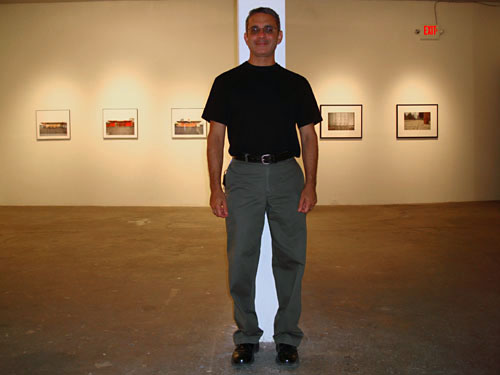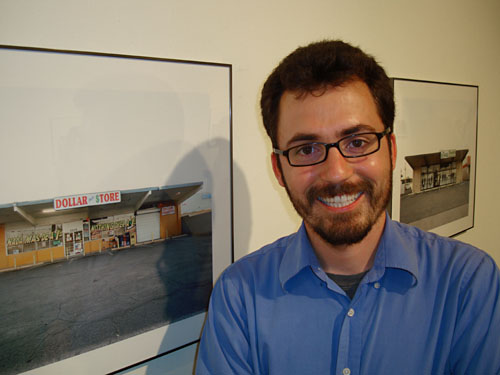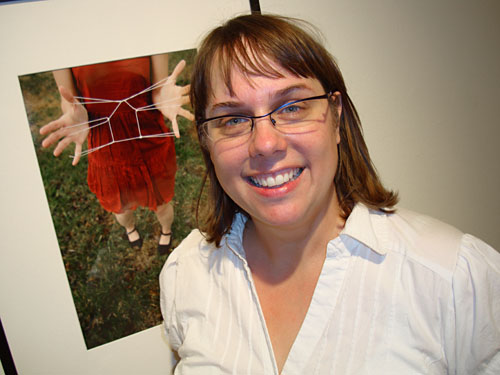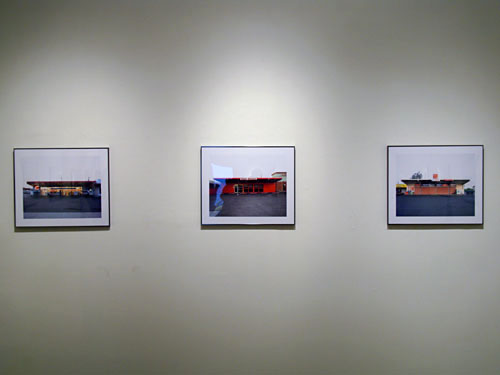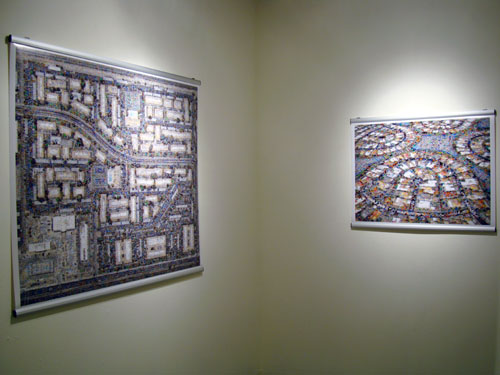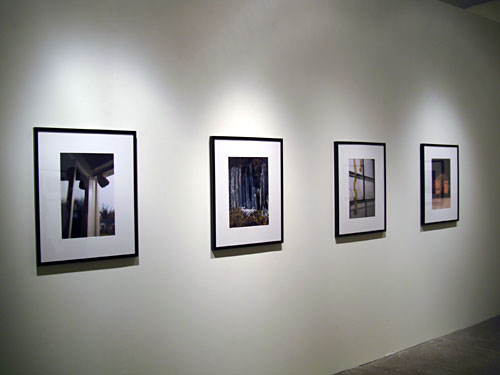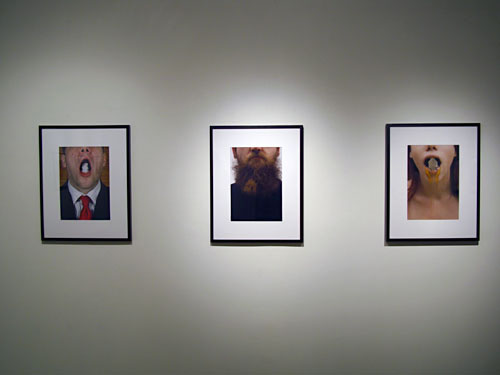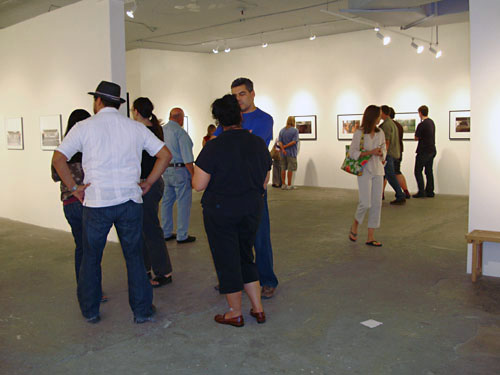UTSA Satellite Space
Building Vernacular Imaginations, curated by Scott Sherer (Ph.D., Associate Professor of Art History, and Director, UTSA Art Gallery and Satellite Space, Department of Art and Art History, The University of Texas at San Antonio, and all that), is on display at the UTSA Satellite Space, featuring the works of Paho Mann and Libby Rowe, whose images create dialogues between actual and conceptual representations of contemporary American built environments.
Paho Mann’s series, Re-inhabited Circle K’s, highlights the multiple uses of the buildings built for this retail chain over the years. Since the 1950s, these buildings do not show a linear progression and homogenization of suburbia, but rather serve as evidence of a more circular system of actions and choices that shapes the built environment. Rowe’s series Dwellings investigates the dual meaning of the word “dwelling”—how the “mental state” of dwelling is seen as definitively negative while the “home” dwelling holds the potential for both positive and negative associations. This series of photographs uses iconic images of dwellings made from materials that, along with their environments, suggest a state of brooding. Dwellings demonstrates the subtle differences between pondering, reflection, meditation, and rumination and when these seemingly harmless contemplations turn to a more decidedly negative, and often detrimental, dwelling.
Scott Sherer, exhibit curator, UTSA Satellite Space.
Paho Mann, featured artist in the Building Vernacular Imaginations exhibit at the UTSA Satellite Space.
In his words: I first took interest in re-inhabited Circle Ks while commuting to the University of New Mexico from my family’s home in northeastern Albuquerque in 2000. I would vary my route depending on the traffic and the time of day. Regardless which way I drove I would pass no less then two businesses that had taken residence in a former Circle K.
The house that I was living in at the time was a 1950’s tract house in a neighborhood that 40 years earlier must have resembled the outlining areas of any major American city – new, sprawling, homogeneous, doted with chine stores, and lacking the since of place that comes with time. Now the homes in the neighborhood show the effect of 4 decades of change: new windows, garages that have been converted into bedrooms, yards that reflect shifting views on water use, iron security bars, and upgrades in roofs.
It is the smaller individualization of re-inhabited Circle Ks caused by years of choices and actions that caught my attention. These buildings do not show a liner progression of the corporateization and homogenization of suburbia, but rather serve as evidence of a more circular system – a system driven by a delicate negation between same and different, and complicated sets of actions and choices effecting our build environment.
While researching locations in the Phoenix, area I created a database from old phone books, city directories, and satellite imagery from google earth. This database includes address, current occupants, and condition (still standing or destroyed) of all of the Circle K locations found in 1975, 78, and 80 phone books. I combined this information with a google-map website (www.pahomann.net/circlekmap), creating an interactive visual representation of the patterning of Circle Ks and their transformation into a verity of businesses. The prints, website, and book work offer two entry points into the complex relationship between corporate expansion and the manifestation of individualism.
Libby Rowe, featured artist in the Building Vernacular Imaginations exhibit at the UTSA Satellite Space.
In her words: I am interested in the subtle differences between pondering, reflection, meditation, rumination and when these seemingly harmless contemplations turn to a more decidedly negative, and often detrimental, dwelling. I am intrigued by the dual meaning of the word dwelling. How the “mental state” of dwelling is seen as definitively negative, but the “home” dwelling is at definition neutral but in reality holds the potential for both positive and negative associations. This series of photographs uses physical dwellings made from materials that, along with their environments, suggest a state of brooding.
Partial view of Paho Mann’s Re-inhabited Circle K’s series.
Partial view of Paho Mann’s Photo Mosaics.
Partial view of Libby Rowe’s Dwellings Series.
Partial view of Libby Rowe’s Dwellings Series.
Opening reception for the Building Vernacular Imaginations exhibit in the UTSA Satellite Space.









